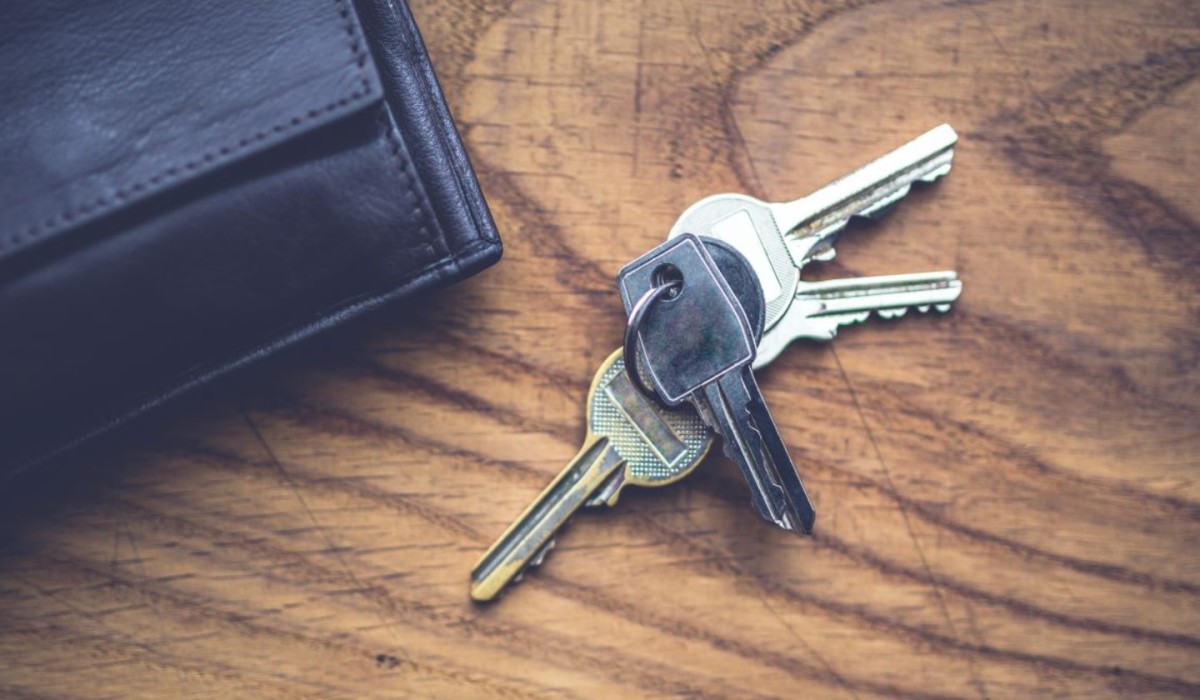What’s the Difference Between Locking and Floating Your Rate?

As you go through the mortgage process, you’ll make several decisions. Who will be your lender? What will you request be fixed after the inspection? Who will be your home insurer? The list goes on and on. One of the most delicate decisions you’ll make is whether to float or lock your rate. It’s a popular question all mortgage bankers receive from their borrowers — understandably so. Your interest rate helps determine what you’ll pay for the next 10 to 30 years. So let’s jump into what your options are and help you decide.
What is your rate lock?
First things first, what exactly is a rate lock, and why should you consider it? Your interest rate is one of the most important components of your mortgage process, as it impacts what your monthly payment and lifetime loan amount will be. Therefore, the day you “lock” your rate is very important.
Keep in mind, a rate quote is not a rate lock. Just because you’ve received a quote doesn’t mean you’ve locked.
Locking your rate means you’re entering an agreement with your lender that your interest rate will be reserved for a particular amount of time. Even if the market rate is higher on the day you close, your interest rate will be the same as the day you locked it, assuming you close before the rate lock period expires. Why does that matter? Interest rates change frequently, often daily or even multiple times a day. A small change in your rate could mean significant changes in the interest paid over the life your loan. With all that said, locking your rate protects you against the risk of rising market rates during the weeks before your closing.
What does it mean to float your rate?
On the other hand, you also have the option to float your rate. Some borrowers choose not to lock their rate because they hope the contrary may happen — the rate could go down. By choosing to “float” your rate, you’re deciding that you don’t like the current interest rate and want to wait for it to (hopefully) improve. You may also have a long closing planned, and you’re out of the lock period ranges. Most lenders offer 30-day locks, while some offer 45 days or more. Let’s suggest you have an anticipated 60 day closing, you may choose to float your rate to avoid a potential extended lock period fee. Either way, your interest rate has the potential to fluctuate unless it’s locked. Whether deliberate or not, you’re assuming more risk by floating your rate.
What's your risk tolerance?
One of the best ways to determine if you should float or lock is to consider how much risk you’re willing to accept.
The simple truth is — you never know what direction rates will go.
How rates are determined is a very complex topic that can confuse even the most knowledgeable mortgage experts. But generally speaking, there’s a balancing act between the economy and rates. If you’re good at keeping an eye on market trends and you predict a rate decrease, you might be more comfortable with floating. If you think rates are likely to stay the same or increase, you might be better off locking. But again, no one ever really knows for certain what the rates will do, so you must be willing to accept the risk if you choose to float. If uncertainty keeps you up at night, locking is definitely the better option.
Consider a float-down or discount points
Many borrowers worry that they’ll miss an opportunity if they lock too soon. What happens if the rate drops after you’ve locked? You have a couple options to consider. Some lenders may allow a “float down” option where you could take advantage of a lower rate. These options can be expensive, so you’ll definitely want to weigh the immediate cost versus the long-time savings. Before you lock, ask your lender what your options are in the event of a significant market drop.
Discount points are something else to consider. When you lock your rate, you’re also locking the discount points associated with that rate. A discount point allows you to purchase a lower rate by paying a percentage of the loan amount. The cost and percentage decrease vary depending on the market the day you locked, as well as by lender.
You could choose to purchase discount points later in your mortgage process. Just be sure to give your lender notice so they have time to update your loan structure and paperwork. Also, just like with the float down option, be sure to consider the cost versus savings.
Floating or locking your rate is a big decision, but your mortgage banker should work closely with you to help find the best solution. While there’s no easy solution, consider the level of risk you’re willing to accept.